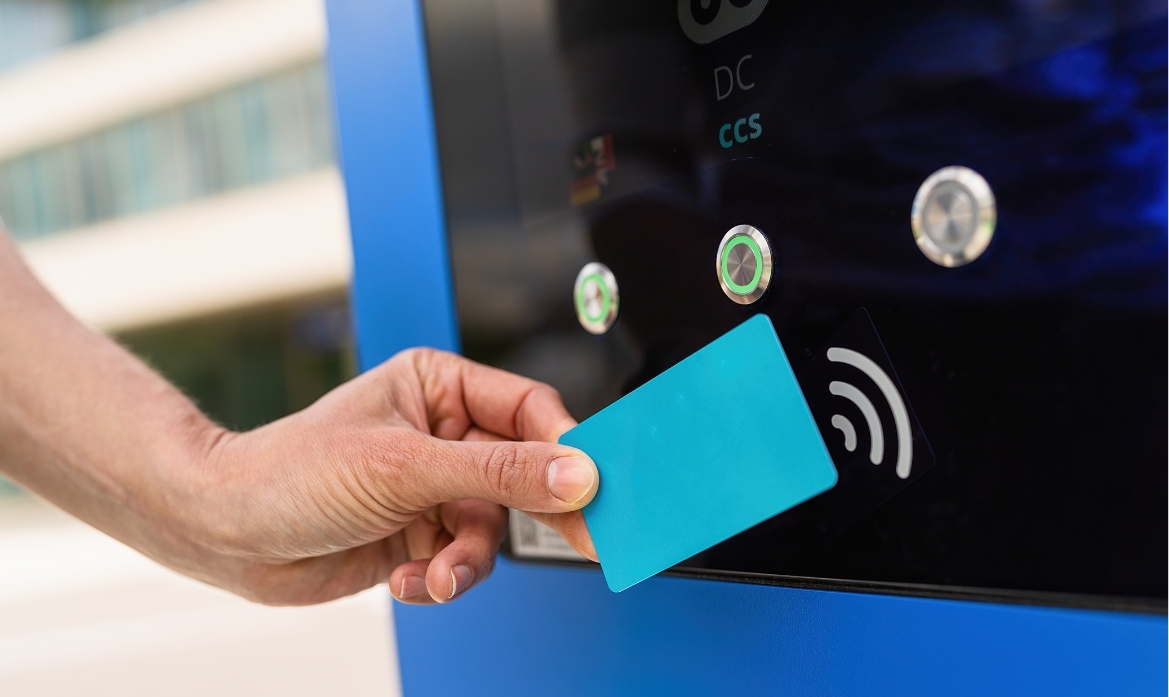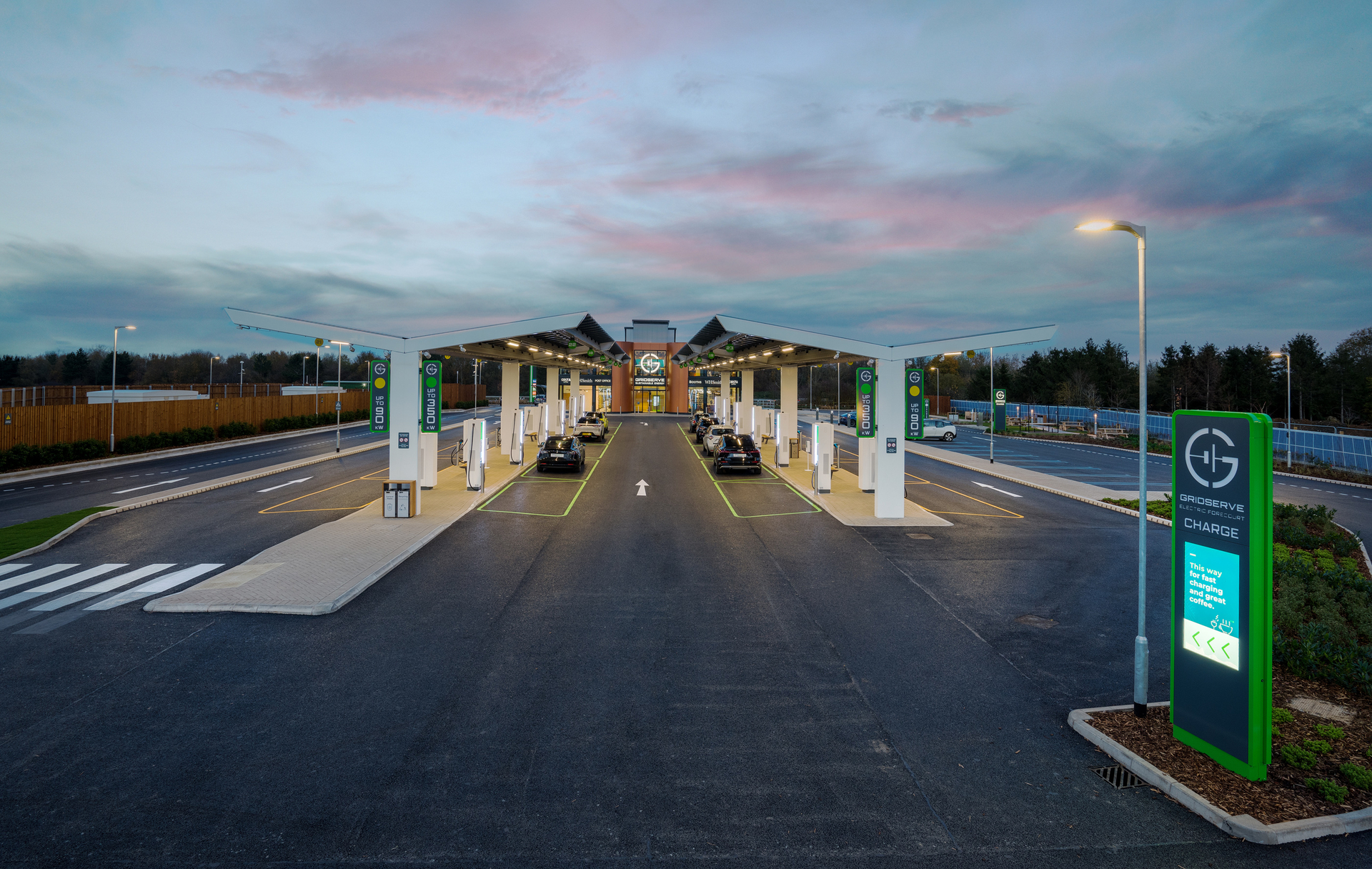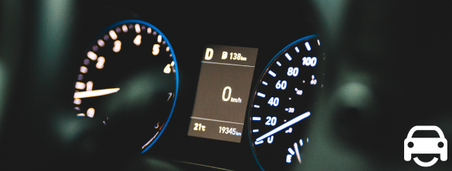EV Charging Methods: How to Pay?

The idea of an EV might sound a bit daunting if you’re unfamiliar with charging stations. They’re not always as straightforward as petrol pumps and because the charging network isn’t nationalised or dominated by a select few, there’s several different providers that require different payment methods. Apps like Zap-Map and the manufacturer's own apps will show which charging stations would be compatible with your vehicle and what type of payment method they require.
Once you find a local charging station that’s suitable for your vehicle then you will likely adopt the tech ecosystem required to access the charging point, but if you plan to travel or your local spot is out of order, it’s important to keep up to date and prepare for different payment methods. No electric charging locations accept cash, so either a physical card like a bank card or RFID will be required, or an app or webpage that you can access on your phone.
Charge at Home
At home charging is a good way to keep your vehicle topped up overnight so it’s ready to go the next morning. If you don’t have a wallbox installed at home, charging via a three pin plug will take longer and potentially won’t be able to fully charge the battery in one night.
Charging at off-peak times can be a cheaper way to fill up the vehicle and unlike public chargers where the price is calculated by time, when you charge at home, the price is based on consumption. If you have a smart meter, you can track how much it costs to top up your car.
Charge at Work
Some employers offer free charging at work and an electric car can be more beneficial for company car tax. If your workplace doesn’t yet have EV charging, there are government grants available to support companies with the upfront costs of installing charging points.
Contactless Card Payment
This is the most straightforward way to pay for charging at public stations, but this isn’t as common as app based payments. Contactless means there’s no requirement for an app, subscription or account, you can plug in, charge and pay with your bank card. However, this can be a more expensive way to pay as charging providers tend to offer lower rates when customers have subscriptions or accounts.
Network Apps
Electric charging providers have their own tech ecosystems that include in-app payment systems to interact with their charging stations. The apps will show where the charging stations are and payment details will be loaded in the app to make sure you’re billed correctly. Examples of EV apps to locate and pay for charging include: Octopus Electroverse, ChargePoint, BP Pulse, PlugShare, Tesla, Osprey, Shell Recharge, Gridserve, Instavolt, GeniePoint, Ionity, Zap-Map, EV.Energy, Pod Point, Bonnet and Ecotricity.
QR Codes
These are similar to network apps and when scanned lead to a webpage where you can handle payments. QR codes can be prone to scams as people can stick different QR codes over the top. These false codes can direct you to websites that at a glance appear to be legitimate but can instead be used to steal your payment information. If you try a charging station that uses a QR code, check the website address is spelt correctly and the webpage branding matches the signage at the station, if the QR code appears brand new and the sign is worn and faded, this could also be an indication of a scam. If in doubt, call the charging provider to confirm the legitimacy of the code.
RFID Card
Instead of terminals for bank cards, some stations have readers for RFID cards. These are issued by network providers and work in a similar way but either require money to be loaded onto the card, or the card holds details about you and the car so it communicates with the station where to send an invoice. Setting up the card requires an app or webpage to fill out payment details. For example, Chargemap uses a Chargemap Pass card to pay which requires a one time fee to receive the card. There aren’t many Chargemap sites in the UK but they are more common around Europe, so if you regularly take your EV abroad, it might be worth getting a Chargemap Pass.
Plug & Charge Genesis
The plug and charge concept is one that’s expected to be the future of EV charging. This, in theory, should make charging a lot more straightforward and take the hassle out of using different apps and payment methods. A digital identifier in the car is read by the compatible charging station and communicates where to send the invoice once charging is complete. Genesis has just introduced this technology in its 2023 GV60 models, with upcoming models also having this facility and the potential to upgrade existing vehicles. Genesis’ Plug & Charge can be used with Shell Recharge stations.
Zap-Pay
Zap-Map is a platform that shows where EV charging points are. It includes details such as how powerful the charger is, whether it’s available to use and how much it will cost per kWh. To make payment easier across different providers, Zap-Map has set up a cross network payment platform: Zap-Pay. The idea is to consolidate payment for a number of separate providers into one app. There are currently nine networks covered by Zap-Pay including Osprey, ESB Energy, char.gy, GeniePoint, Mer, MFG EV Power, Fastned, Alfa Power and Connected Kerb.
Free Charging
Shops like Tesco have partnered with Pod Point to provide free charging whilst you shop. These can also be found in multi-storey car parks for shopping centres and some hotels offer charging during your stay too.
How to get cheaper rates for EV charging?
Managing a number of apps and accounts can be complicated but when you find a local charging station, signing up for the provider’s app can unlock lower fees per kWh. For example, BP Pulse offers a subscription price of £7.85 a month which unlocks access to selected free charging points and a discount of up to 20% less than using pay-as-you-go.







